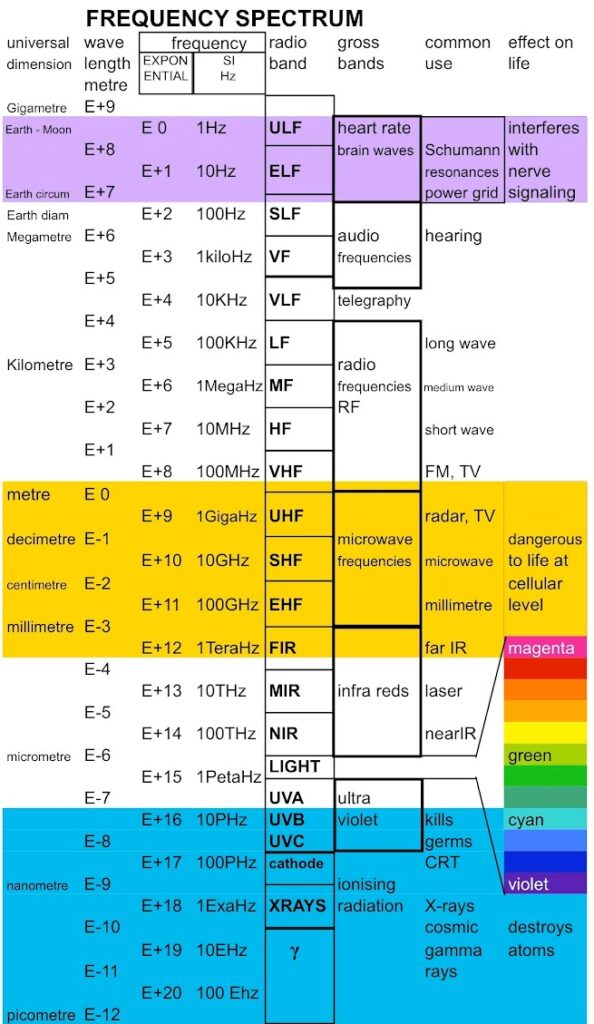The fact that NPR titled it’s article about the Orca’s attacking the boats recently: ‘Killer whale ‘attacks’ on boats might be driven by past trauma’ shows just how ill-informed the mainstream media continues to grow, daily. Regurgitating nonsense and gibberish from their infantile understandings of the real issues at play.
Their lack of willingness to dive into the underlying causes for so many of the problems we’re currently facing in the world must continue to be radically confronted if we are to make it out of this mess.
The revolving doors of profit and power that maintain their stupidity needs to be completely seen by the networks of good citizens simply trying to stay alive at this point, and unbeknownst to many still, simply trying to stay human.
Not only are they ill-informed, in this particular instance the “journalist” is projecting her very own trauma onto the Orcas themselves. Evidently a reflection of her being catapulted into shadow work during these times like everyone else.
Tactics to maintain the dumbing down of the masses is desperate and plentiful. The utter confusion it is causing decent human beings is unforgivable.
When we hear something, we are sensing the vibrations in the air because the atoms in the air are vibrating. The number of vibrations per second is known as the frequency, measured in Hertz (1 Hz = 1 vibration per second).
These vibrations enter the outer ear and cause the eardrum to vibrate. When in auditory range this is how we hear. The slowest vibration an average human can hear is 20 Hz = 20 vibrations per second. What we humans consider a very low sound.
The fastest vibration we can hear is 20,000 Hz = 20,000 vibrations per second, which sounds extremely high pitch to us. Animals can hear different frequencies than humans. Cats can hear even higher frequencies than dogs, and porpoises can hear the fastest vibrations up to 150,000 times per second.
The fact is that we can’t truly determine the auditory frequency range of animals or marine life. Nor can we full grasp how marine life might sense the molecules of water vibrating both in and around them when being hit with sonar and other frequency devices. There has been an increasing amount of different frequency ranges introduced into the sea and air over the last century forcing both humans and animals to adapt drastically and un-naturally. This has caused all sorts of erratic behaviour in every species of life.
“The speed of a wave is the rate at which vibrations move through the medium. Sound moves at a faster speed in water (1500 meters/sec) than in air (about 340 meters/sec) because the mechanical properties of water differ from air. Temperature also affects the speed of sound (e.g. sound travels faster in warm water than in cold water) and is very influential in some parts of the ocean. Remember that wavelength and frequency are related because the lower the frequency the longer the wavelength. More specifically, the wavelength of a sound equals the speed of sound in either air or water divided by the frequency of the wave. Therefore, a 20 Hz sound wave is 75 m long in the water (1500/20 = 75) whereas a 20 Hz sound wave in air is only 17 m long (340/20 = 17) in air.” [National Oceanic and Atmospheric Administration]
Some frequency emitting devices might appear to be innocuous, such as man-made sound and light but as we know everything introduced has had an impact on humans and animals biopsychologically.
We know this through the basic study of cymatics but more importantly through the work done on remote DNA modification through the use of sound. This is also why some people have dedicated their lives to turning baby sea turtles around when they hatch and start moving towards the artificial light produced by the street lamps rather than the moon light which guides them naturally to the ocean.
“In fact, at 19 Hz, your eyes start to go all wonky because that happens to be the resonant frequency of the human eyeball. If you’re exposed to 177 dB sound waves at 0.5 to 8 Hz, it can start messing with your lungs, making your breathing erratic and literally shaking your bones around. Short-term exposure can damage your joints, but the effects of chronic exposure can include nausea and visual impairment [source: Horowitz].
The European Space Agency (ESA) claims that if you somehow got accidentally locked inside their Large European Acoustic Facility (LEAF) for testing the acoustic resiliency of their satellites, you wouldn’t survive the sonic onslaught. A key factor here is that you’d be in an enclosed space. Outside, sound waves disperse and dissipate too quickly to reach lethal levels. That hasn’t stopped researchers from investigating the use of sound as a weapon. It’s been calculated, for instance, that it would require 240 dB to make a human head explode.”[source: ESA]
People simply don’t think of things in terms of frequency enough yet. How it’s most referenced in pop-culture is something akin to “raising your frequency”. What we really need to do collectively is to understand frequency on a scientific level. This will allow us a better understanding of what frequencies are being imprinted into the environment and how they impact human, animal and marine life.
How they alter our mood, our thoughts, bodily sensations, functions and levels of awareness. How they can cause heart palpitations, flu like symptoms, fires and droughts. How they can create artificial orbs of light that may capture information about the multiple layers of human and nature’s expressions.
Finally, perhaps this will lead to a greater understanding of why the Great Orcas have decided to sink ships in the sea recently. They are proving to be more intelligent than humans at this point. Fighting back against what is obviously harming them.
I invite you to take a deep dive into a lake or ocean and simply listen as the boats go by. Now imagine all the sonar technology outside your frequency range that is being pumped into the water by more sophisticate vessels from telecommunication ports, military and other. Now imagine further that your language of communication with family and friends is through song frequency. How do you think the Orcas feel about our man-made frequencies not only harming them biologically but interfering in the very means by which they communicate with each other?
I have been absolutely disheartened by the huge amount of cell phone towers that were installed in the last few years. Yes we humans are very slowly adapting but at what cost? Perhaps we humans should start learning a few things from the Orcas rather than totally misconstruing their call for help to humanity with stupid articles such as the one mentioned. The one that lite my fire to write this out and in the least make an attempt at shedding some light why our ancient ancestors are so dramatically crying out for help.
Recommended reading:


Cover art : 12 Breaking Dawn by Lady Chamomile
